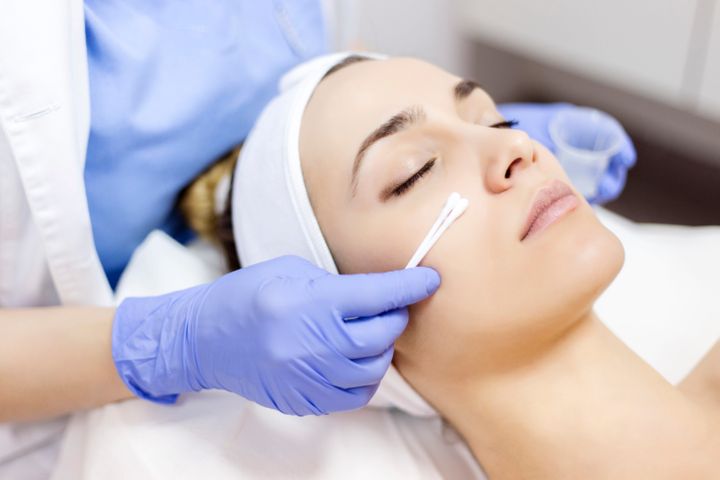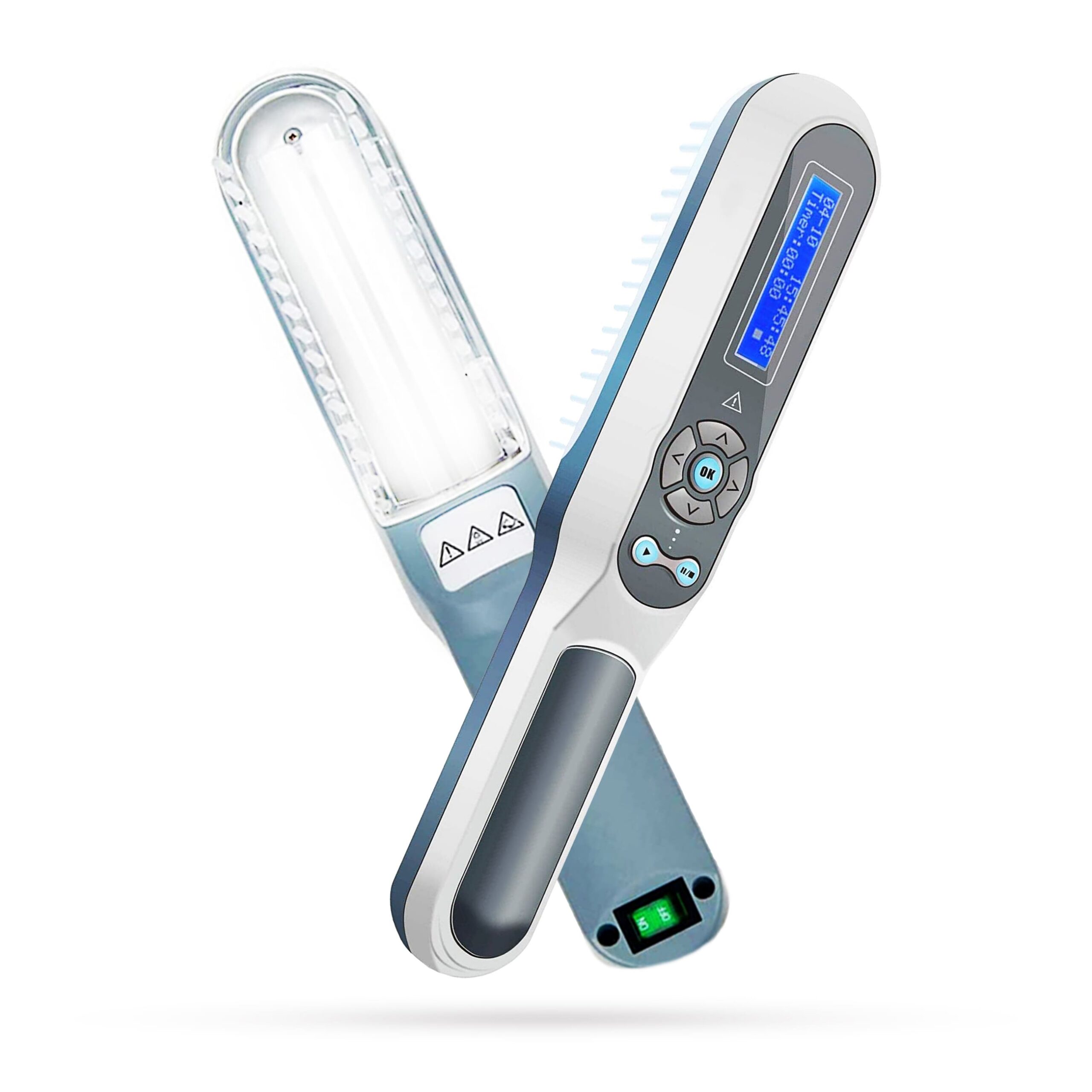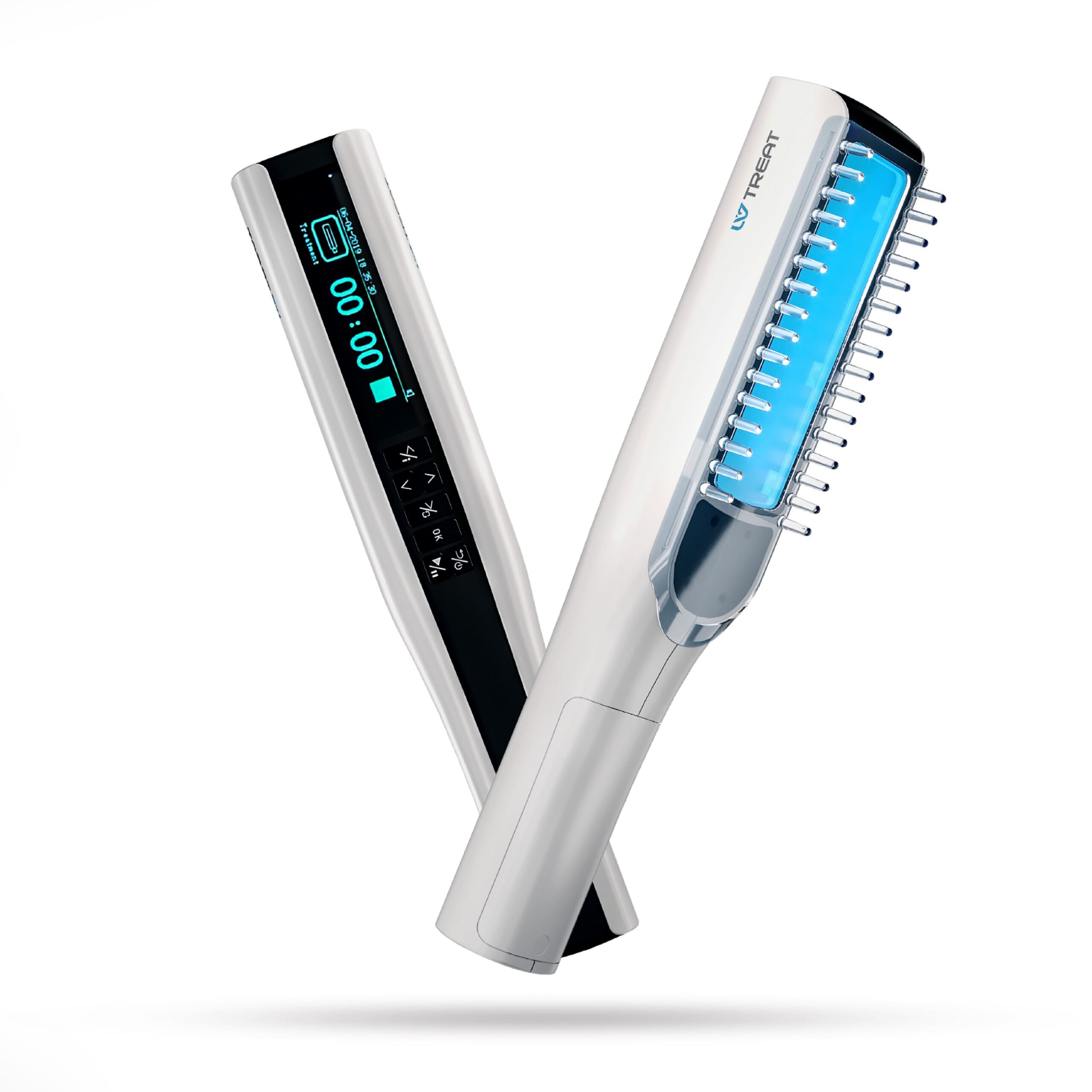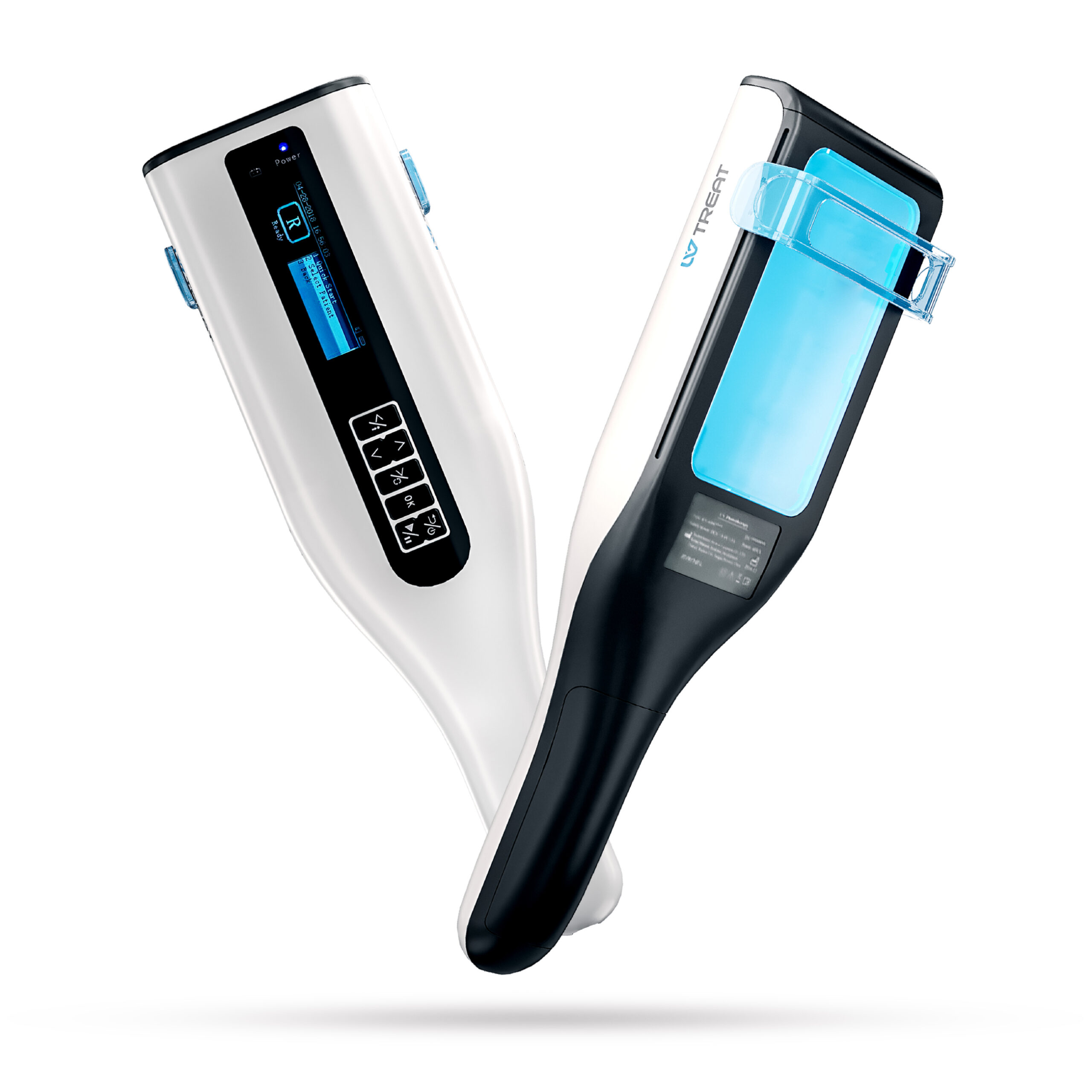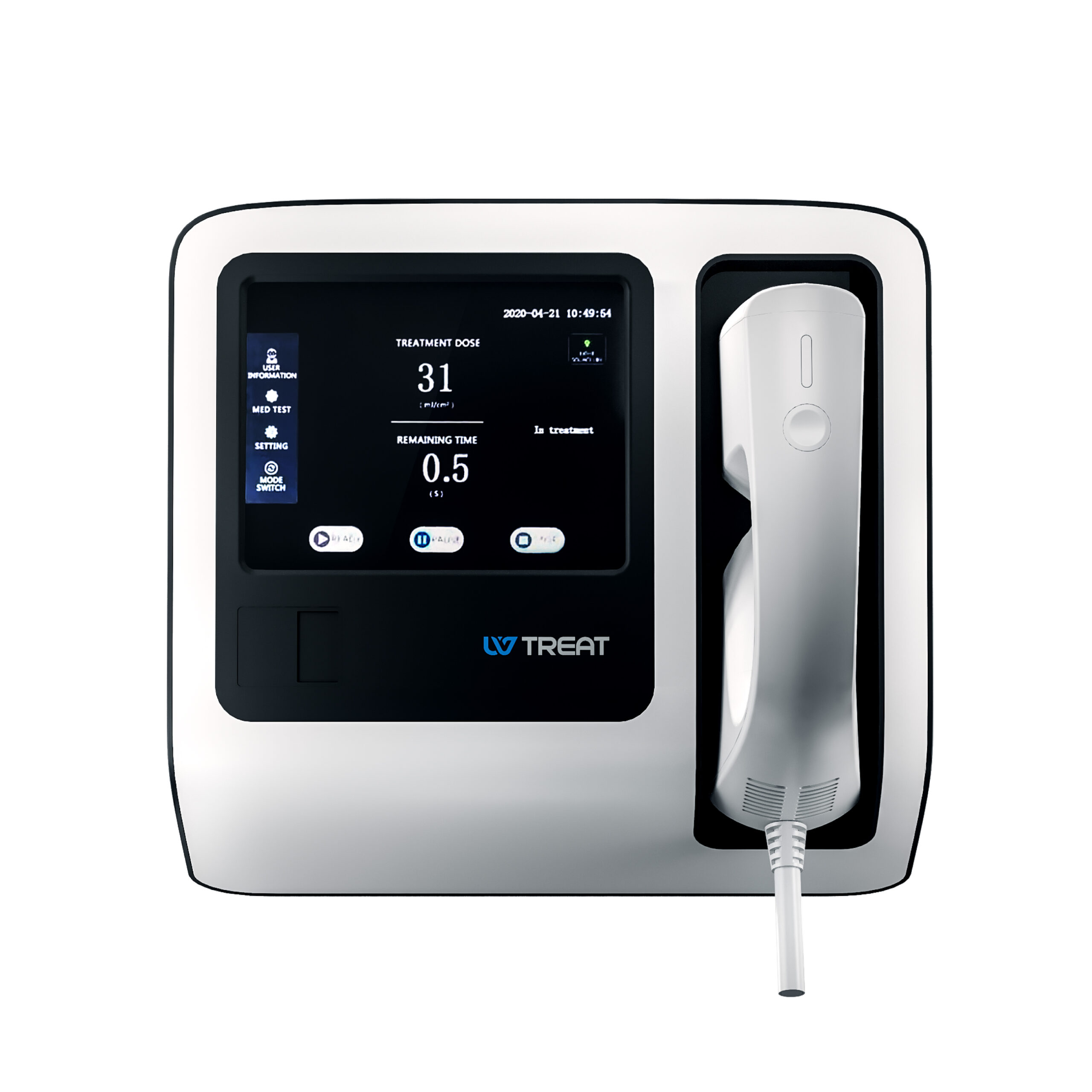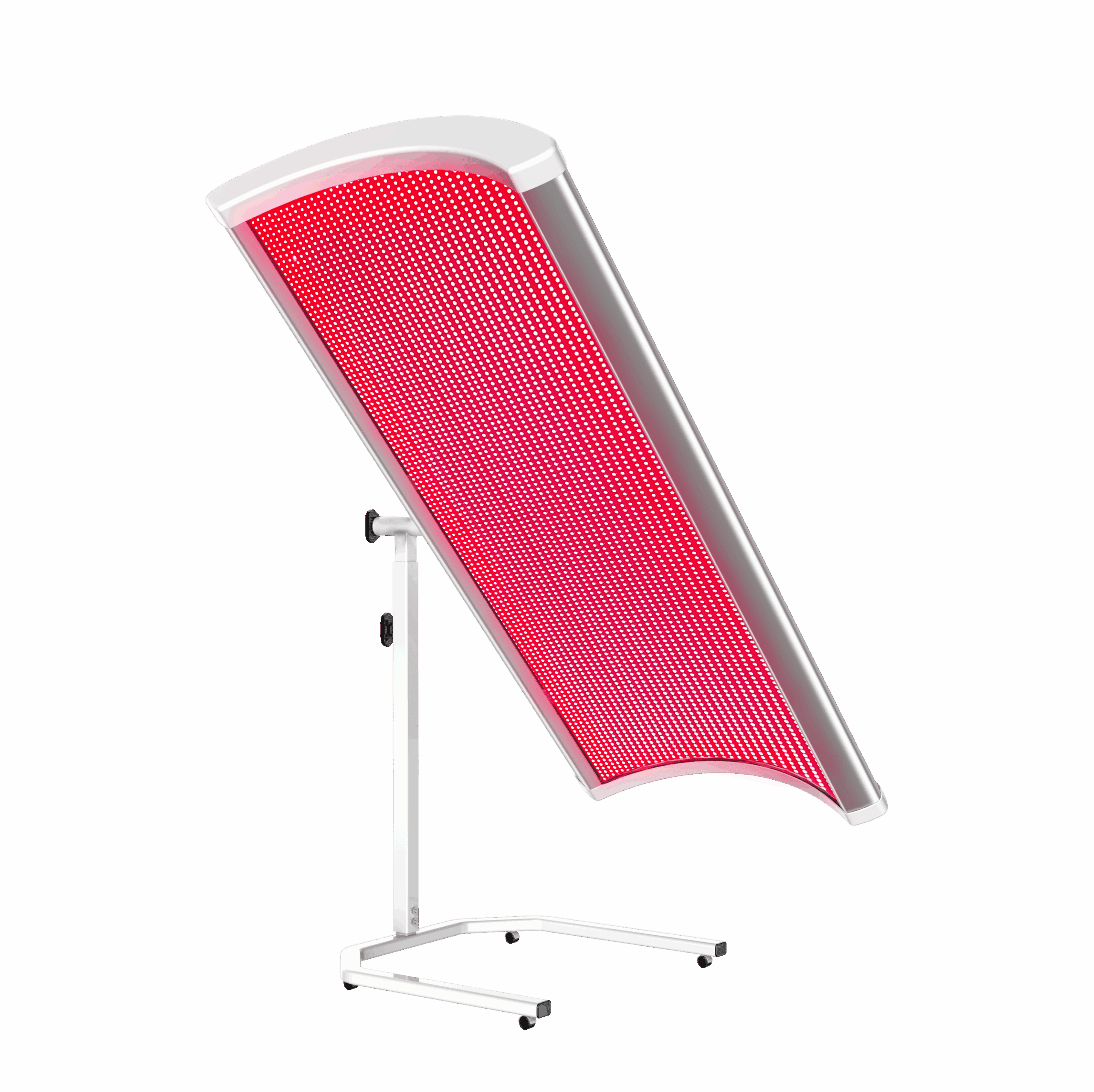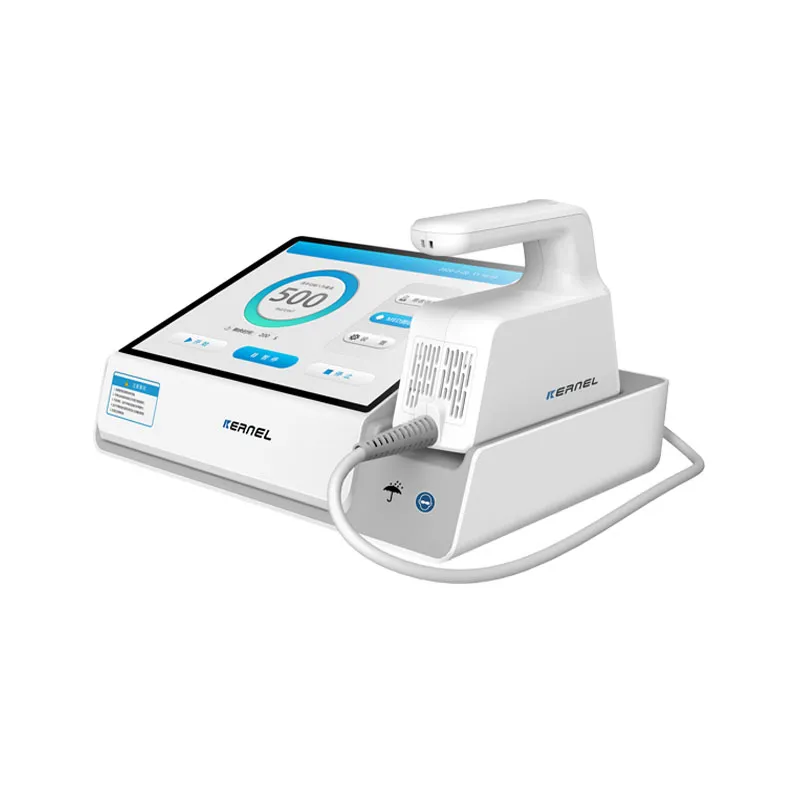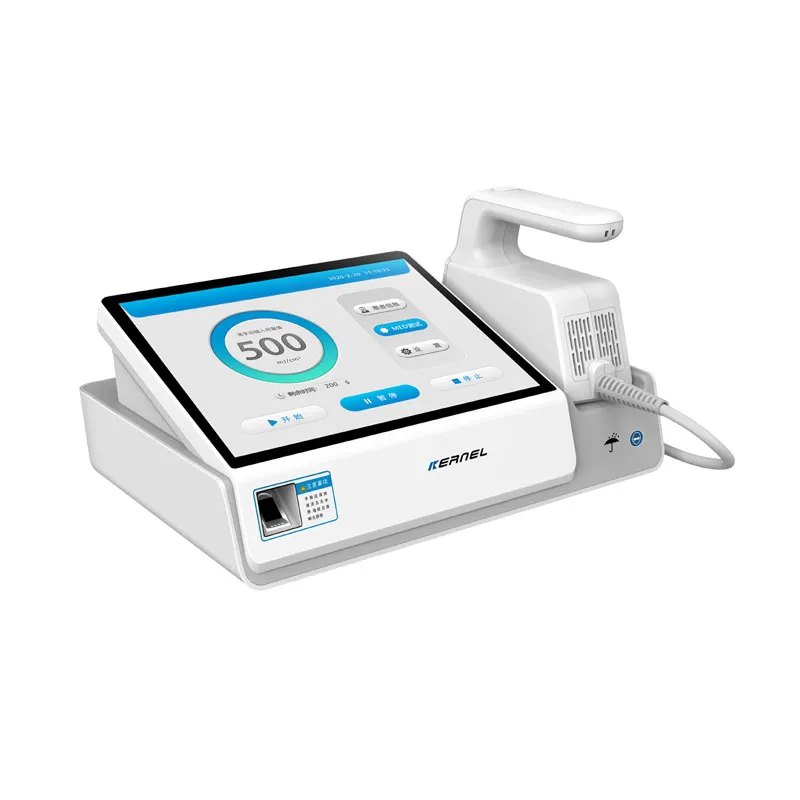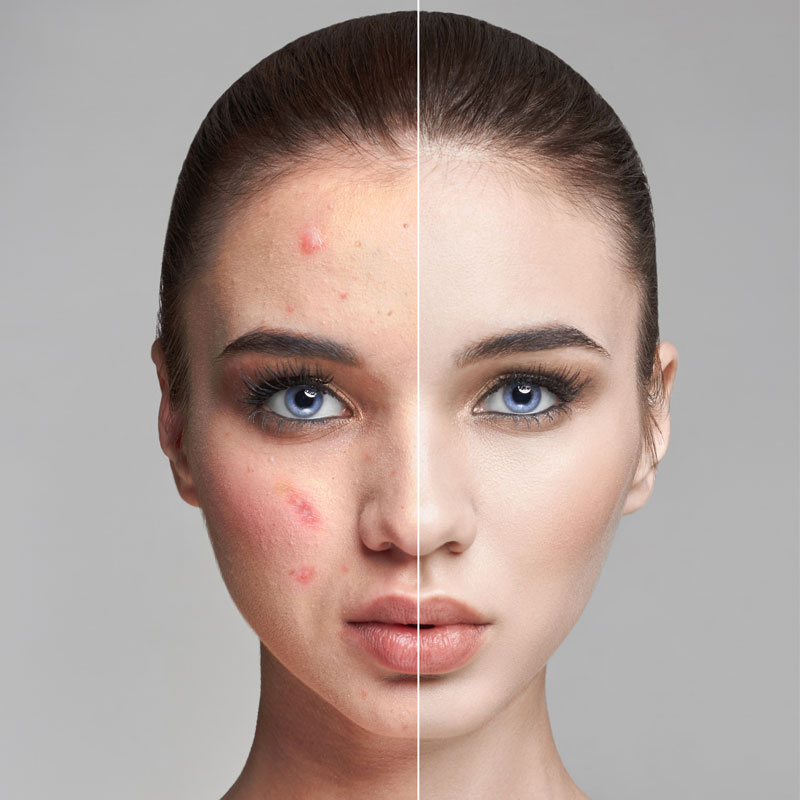Unlocking the Benefits of Chemical Peels: Evaluating Treatment Worth
Chemical peels have long been hailed as a cornerstone of dermatological and cosmetic treatments, promising rejuvenated skin, reduced signs of aging, and a radiant complexion. But the question remains: is a chemical peel worth it? Delving into various aspects of this treatment can provide a comprehensive understanding and help in making an informed decision.
Understanding Chemical Peels
A chemical peel involves applying a solution to the skin, which causes the outermost layers to exfoliate and eventually peel off. This process reveals new, more youthful skin underneath. The intensity of this treatment can vary depending on the type of peel used:
- Superficial Peels: These peels utilize mild acids like alpha-hydroxy acid to gently exfoliate the outer layer of skin (epidermis). They are often used to improve the appearance of mild skin discoloration and rough skin.
- Medium Peels: Medium peels typically use trichloroacetic or glycolic acid to penetrate the outer and middle layers of the skin, removing damaged skin cells. They are effective for treating age spots, fine lines, wrinkles, and moderate skin discoloration.
- Deep Peels: These peels involve stronger acids, such as phenol, to deeply penetrate the mid to lower layers of the dermis. They are used to address more severe wrinkles, scars, and skin discoloration but require a longer recovery time.
Considerations and Potential Side Effects
While the benefits of chemical peels are substantial, it is important to consider potential risks and side effects:
- Skin Sensitivity and Redness: Post-treatment, the skin can be extremely sensitive, red, and tender. This is more common with deeper peels and may last for several weeks.
- Peeling and Flaking: As the skin heals, it will peel and flake. This is a normal part of the process but can be unsightly and uncomfortable.
- Risk of Hyperpigmentation or Hypopigmentation: Some individuals, particularly those with darker skin tones, may be at risk for hyperpigmentation (darkening) or hypopigmentation (lightening) of the skin.
- Scarring: Although rare, there is a potential for scarring, particularly with deeper peels.
- Infection: Ensuring that the procedure is performed by a qualified professional and following all aftercare instructions can minimize the risk of infection.
- Photosensitivity: After a chemical peel, the skin is more sensitive to sunlight, necessitating diligent use of sunscreen and limited sun exposure.
Benefits of Chemical Peels
Chemical peels offer a plethora of benefits for various skin concerns:
- Reduction of Fine Lines and Wrinkles: One of the primary reasons individuals opt for a chemical peel is to reduce signs of aging. By removing the outer layers of damaged skin, peels can soften fine lines and give the skin a more youthful appearance.
- Improvement of Skin Texture and Tone: Peels can address uneven skin tone and texture, helping to smooth out rough patches and promote a more even complexion. This makes them ideal for treating hyperpigmentation, sun damage, and melasma.
- Acne and Scar Treatment: Superficial and medium peels can be particularly beneficial for those with acne-prone skin, as they help to unclog pores and reduce inflammation. Additionally, these peels can diminish the appearance of acne scars.
- Enhanced Skincare Product Absorption: Exfoliating the skin’s outer layer with a chemical peel can improve the penetration and efficacy of skincare products, making them more effective.
- Boosted Collagen Production: Medium and deep peels stimulate collagen production, which is essential for maintaining skin elasticity and firmness.
Long-Term Results and Maintenance
The longevity of results from a chemical peel varies based on peel type and individual skin conditions. Superficial peels may require regular treatments to maintain results, typically every four to six weeks. Medium peels offer more sustained benefits, often lasting several months to a year, but may also require periodic maintenance. Deep peels provide the most dramatic and lasting results, often only needing to be performed once or twice in a lifetime.
To preserve the results of a chemical peel, following a comprehensive skincare regimen is crucial. This includes:
- Sun Protection: Regular use of a broad-spectrum sunscreen is essential to protect the delicate new skin from UV damage.
- Moisturization: Keeping the skin well-hydrated helps in maintaining its barrier function and overall health.
- Gentle Care: Using mild, non-abrasive products is important to prevent irritation and support the healing process.
- Follow-Up Treatments: Depending on the type of peel, additional treatments or maintenance peels may be recommended by your dermatologist.
Cost Considerations
The cost of a chemical peel can vary widely based on several factors, including the type of peel, geographic location, and the expertise of the practitioner. Here’s a general breakdown:
- Superficial Peels: These are the least expensive, costing between $150 to $300 per session.
- Medium Peels: Medium peels are more costly, typically ranging from $600 to $1,500 per session.
- Deep Peels: Deep peels are the most expensive due to their complexity and the level of care required, with costs ranging from $2,500 to $6,000.
It is important to consider the value of expertise and safety over the price alone. Opting for a qualified and experienced dermatologist or cosmetic surgeon can mitigate risks and enhance results, making the investment worthwhile.
In conclusion, the decision to undergo a chemical peel should be based on a thorough evaluation of its benefits, potential side effects, long-term results, and cost considerations. Consulting with a skincare professional can provide personalized insights and help determine whether a chemical peel is the right choice for achieving your desired skin goals.
